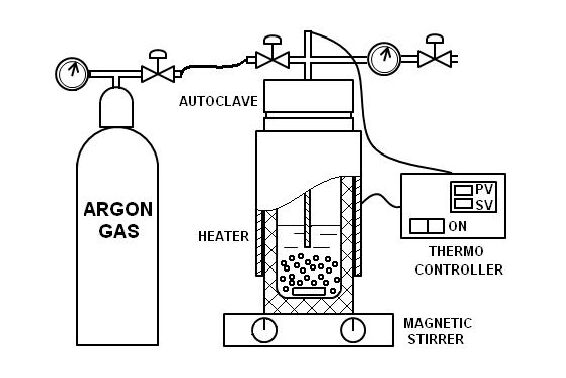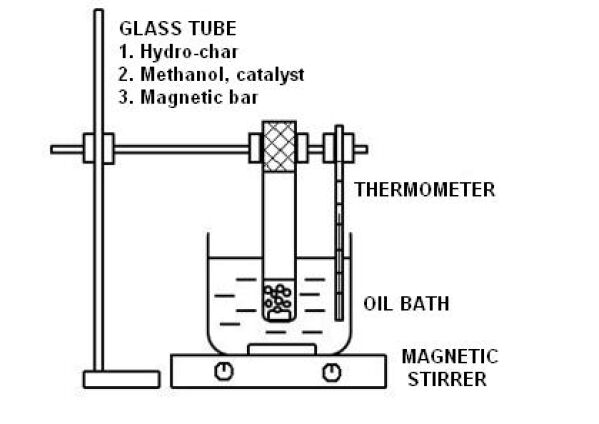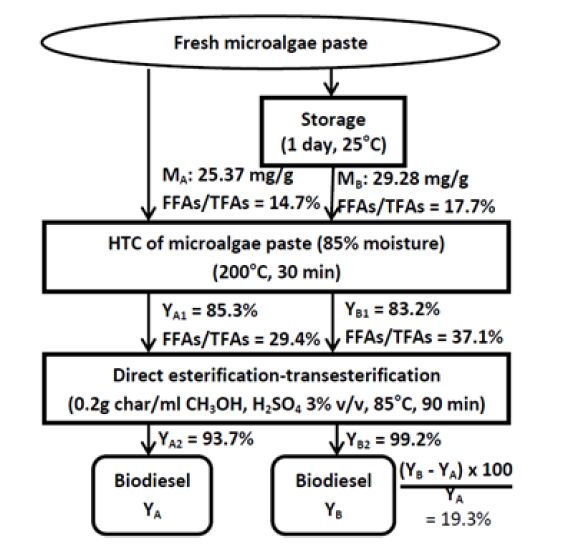The need for this special edition of the journal on Sustainable Crop Production Intensification is based on the premise that the concept of Sustainable Agriculture required to be revisited in the context of the increasing need for increasing agricultural production internationally to meet the food and agricultural demands of the future total projected population of some 10 billion by the end of the 21st century. It is obvious that the concept of Sustainable Agriculture must include the recognition that agricultural ecosystems are sustainable in the long-term only if the plant nutrients removed in the outputs of all components produced are balanced by the natural and synthetic inputs of nutrients into the production systems. Whether the required amount of input (e.g. nutrients) to obtain a desired yield is supplied in organic or biological form rather than in synthetic mineral form is a matter of preference, availability, economics and logistics. Plants cannot differentiate the nutrients supplied through the organic or biological or synthetic sources but the yield response functions, nutrient retention and release rates, and efficiency of nutrient utilization are affected by the way the combined nutrient sources are managed and whether production paradigm is based on conventional tillage agriculture or on Conservation Agriculture (CA) which is a no-till system. In either case, the important question is the need to establish the supply of nutrients in effective forms, in adequate, quantities, at right times and correct locations to support the production of the desired amount of food and other agricultural products to meet the needs of 10 billion people by the end of the century.
However, it is increasingly becoming clear that the plant nutrient supply and the efficiency with which nutrient will be used depends greatly on soil health which has an important effect on the ability of the soil to retain and release nutrients as well as on the ability of plant roots to take up nutrients. Plants take up nutrients in soluble forms and therefore water availability and nutrient availability are intricately linked. Thus, nutrient uptake efficiency and productivity are closely related to water use efficiency and productivity, both being affected by soil health and how soil is managed, for example whether it is mechanically tilled or not, whether its surface is covered with mulch or not, whether the soil biota has access to adequate organic substrate to perform certain functions in the soil that can build and maintain soil structure, can allow water to infiltrate into the soil readily, and can reduce soil erosion and degradation, or whether the cropping system is diversified to assist in improving soil biopore network, fix atmospheric nitrogen, assist in nutrient, water and carbon cycling, and in integrated pest management and so on.
With the publication of Save and Grow in 2011, FAO proposed a new paradigm of sustainable crop production intensification, one that is both highly productive and environmentally sustainable, and at the same time efficient and resilient, and capable of delivering ecosystem services such as clean and regulated fresh water supplies, carbon sequestration, control of soil degradation and erosion, and enhancement of agrobiodiversity. FAO recognized that, over the past half-century, agriculture based on the intensive use of mechanical tillage and agrochemical inputs has increased global food production and average per capita food consumption. However, in the process of this tillage-based intensification, there has been a severe depletion and degradation of natural resources of many agro-ecosystems, jeopardizing future crop productivity and agro-ecological potentials, and has added to the emissions of greenhouse gases responsible for global warming.
In light of the above, the concept of sustainable crop production intensification should be the primary strategic objective of innovative agricultural research and development strategies internationally for the coming decades. Already, a set of core agroecological principles for sustainable production (such as nor or minimum mechanical soil disturbance, maintenance of soil mulch cover, and diversified cropping) and a range of locally formulated and often location-specific practical options exist for farming practices, approaches and technologies, referred to as CA, that can strengthen sustainability and at the same time intensify crop production in terms of increased output and productivity (efficiency) as well as resilience to abiotic and biotic stresses. These principles and practices form a sustainable ecological foundation for CA systems and need to be applied and mainstreamed internationally in the coming decades in all land-based agricultural systems.
In order to do this, a renewed attention on the results of innovative research and development initiatives to improve agricultural productivity growth on a sustainable basis is needed. Additionally, intertwining challenges of climate change and competition for land, water and energy require attention in the following areas: bridging the agronomically attainable gap between actual and potential productivity levels in the agriculture of developing countries; investing in agricultural innovation and knowledge system development, broadly defined; and improving national and international research and development cooperation for sustainable agriculture growth and natural resource management.
In light of the above, six manuscripts on CA and related practices were accepted for publication in this special edition. Of these, one paper (by Friedrich and Kassam) elaborates the role of CA in sustainable production intensification for global food security. The other five papers relate to the contribution that can be made by CA to improving some of the technical and policy issues related to sustainable use of water in rainfed and irrigation agriculture in Europe (by Mastrorilli and Zucaro), to addressing agri-environment and economic challenges in Europe (by Gonzalez-Sanchez et al.), to combating land degradation in Central Asia (by Nurbekov et al.), and to improving cropping system performance in Moldova (by Boincean et al.) and in Syria and Lebanon (by Bashour et al.).
In addition, one paper (by Mishra et al.), on the System of Rice Intensification (SRI), was accepted for inclusion in the special edition. The paper highlights the possibility of using the SRI principles of crop and water management (of early transplanting of single seedling in wide square spacing under mostly aerobic soil conditions) to improving rice-based rainfed production systems in Southeast Asia for food security and rural development. SRI, like CA, offers an agroecological approach to producing "more from less" with increased resilience. We consider that as rice-based systems are transformed increasingly into CA-based systems, SRI principles of crop and water management should also be integrated into such systems as part of the new agroecological paradigm of sustainable crop production intensification.

















 DownLoad:
DownLoad: